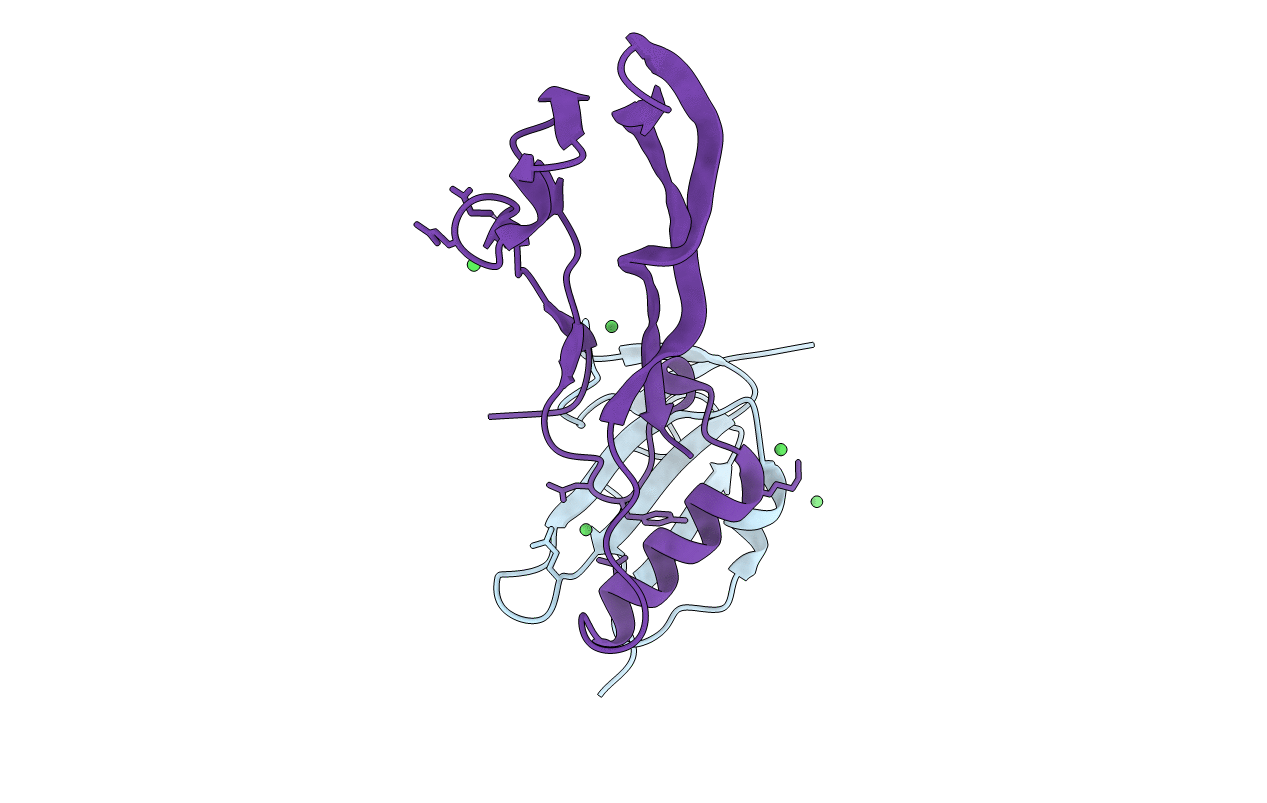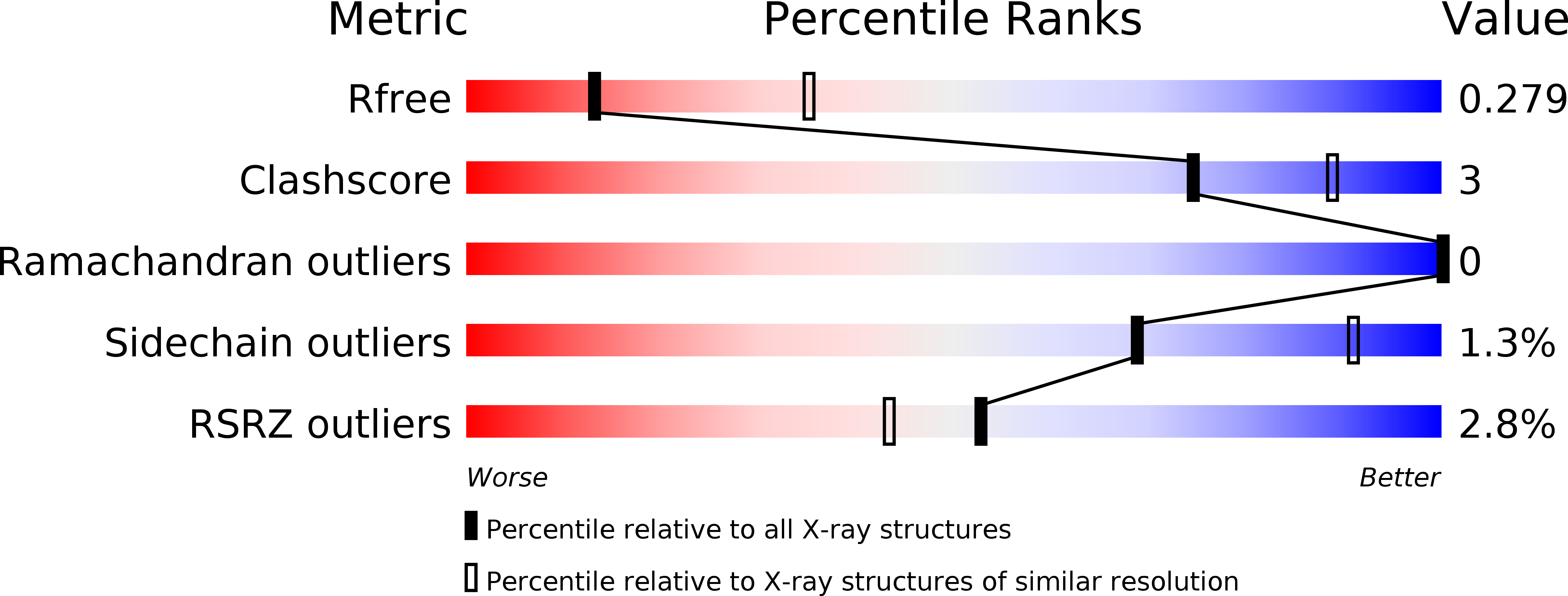
Deposition Date
2019-07-30
Release Date
2020-04-08
Last Version Date
2024-11-20
Entry Detail
PDB ID:
6SF1
Keywords:
Title:
Bone morphogenetic protein 10 (BMP10) complexed with extracellular domain of activin receptor-like kinase 1 (ALK1).
Biological Source:
Source Organism:
Homo sapiens (Taxon ID: 9606)
Host Organism:
Method Details:
Experimental Method:
Resolution:
2.80 Å
R-Value Free:
0.27
R-Value Work:
0.24
R-Value Observed:
0.24
Space Group:
P 65 2 2


